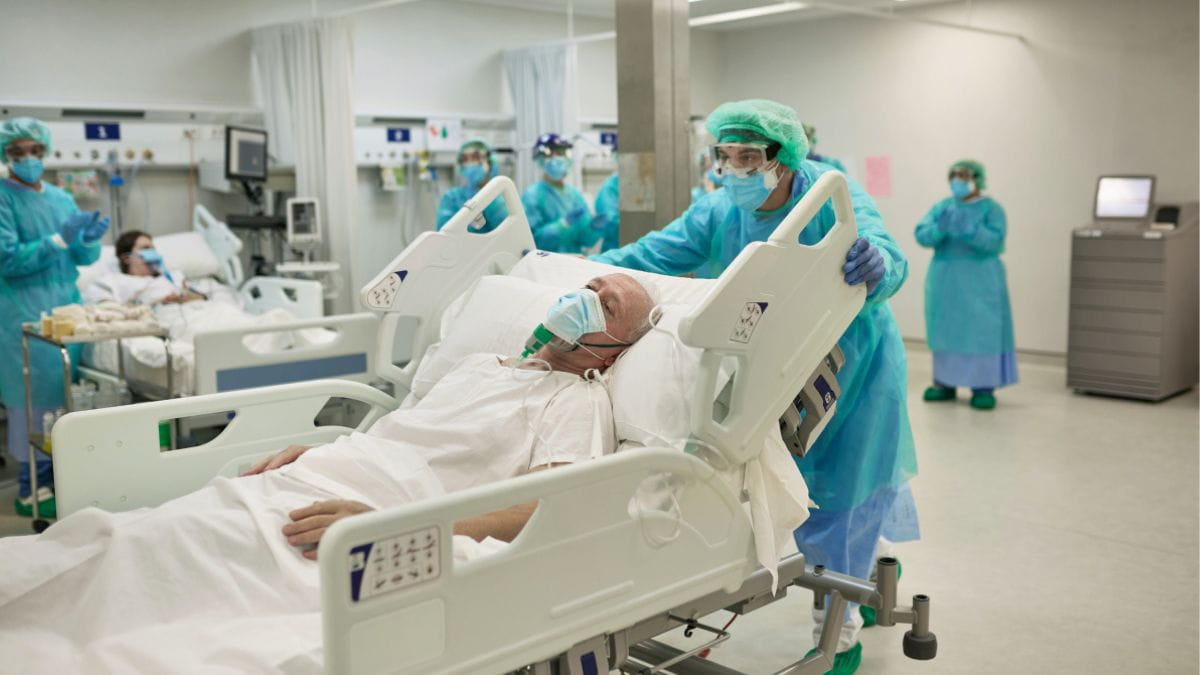
Resolve diagnostic unknowns fast
We understand how challenging it can be to quickly and accurately diagnose infectious diseases. When a patient is ill and time is of the essence, how do you make sure you test for the right pathogen the first time?
That's exactly when syndromic testing really shines. Unlike traditional diagnostic methods, like bacterial culture and microscopy, syndromic testing uses multiplex PCR to test for several pathogens at once – and it only takes around an hour. The quick, comprehensive results of syndromic testing let you provide the best care possible for your patients.
The benefits of syndromic testing go beyond fast results
How can multiplex syndromic testing help me?
Syndromic testing article hub
How does syndromic testing work?
Syndromic testing provides qualitative detection and identification of multiple viral, bacterial, fungal and/or parasitic pathogens in a sample using highly multiplexed real-time PCR. While older molecular methods required multiple different singleplex tests to be run, syndromic testing can provide results for more than 20 pathogens with just one multiplex test. This saves time and resources and increases lab efficiency.How are pathogens detected in syndromic testing?
The real-time PCR reaction that mediates detection of pathogen targets in a patient sample involves four simple steps that take around one hour. In this simplified example, the specific pathogen target being detected is viral RNA.What do syndromic test results look like?
Unlike traditional laboratory techniques, which can sometimes produce subjective results, syndromic testing provides a binary answer for pathogen detection: positive or negative.Recommended reading
References
- Martinez, R.M, et al. Clinical Virology Symposium 2016. Poster #C-368
- Zhu et al., Clin Pediatr, 2019, 58(2):185-190
- Rappo U, et al. J Clin Micro 2016
Data cited pertains to the use of a device from another manufacturer.
The QIAstat-Dx Analyzer is intended for in vitro diagnostic use.
The QIAstat-Dx Respiratory SARS-CoV-2 Panel is intended for in vitro diagnostic use.
- This product has not been FDA cleared or approved, but has been authorized for emergency use by FDA under an EUA for use by authorized laboratories;
- This product has been authorized only for the detection and differentiation of nucleic acid of SARS-CoV-2 from multiple respiratory viral and bacterial organisms; and
- This emergency use of this product is only authorized for the duration of the declaration that circumstances exist justifying the authorization of emergency use of in vitro diagnostics for detection and/or diagnosis of COVID-19 under Section 564(b)(1) of the Federal Food, Drug, and Cosmetic Act, 21 U.S.C. § 360bbb3(b)(1), unless the declaration is terminated or authorization is revoked sooner.


